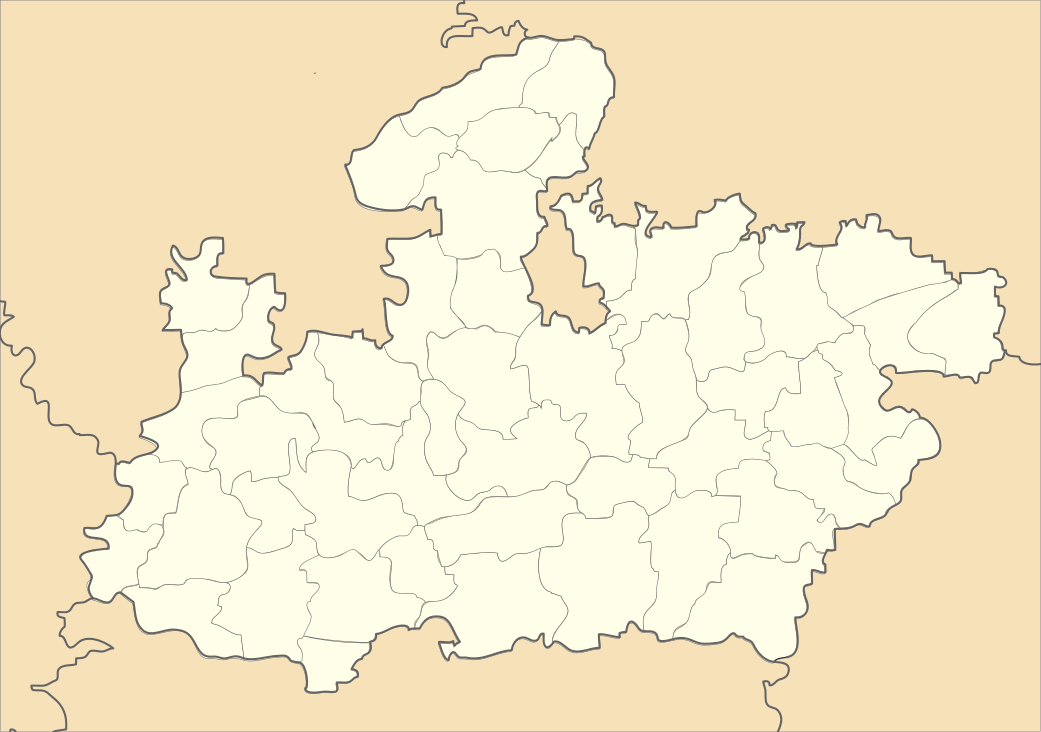Devapala (Paramara dynasty)
| Devapala | |
|---|---|
| Parama-bhattaraka Maharajadhiraja Parameshvara | |
| King of Malwa | |
| Reign | c. 1218 – c. 1239 CE |
| Predecessor | Arjunavarman |
| Successor | Jaitugi |
| Dynasty | Paramara |
Devapala (reigned c. 1218-1239 CE) was an Indian king from the Paramara dynasty, who ruled in the Malwa region of central India.
Devapala succeeded the Paramara king Arjunavarman, but he was not the king's son. He was the son of a Mahakumara (chief of a Paramara branch) named Harishchandra. His also became the Mahakumara after the death of his elder brother Udayavarman.[1]
The Paramaras' struggles with the Chalukyas of Gujarat (Solankis) and the Yadavas of Devagiri continued during Devapala's reign. The Yadava king Simhana invaded Lata, and defeated the Paramara feudatory Samgramasimha.[1]
According to the 13th century Muslim historians, the Sultan of Delhi Iltutmish captured Bhilsa during 1233-34 CE (AH 632), and destroyed the Bhailasvamin Hindu temple. The 1274 CE inscription of Devapala's son Jayavarman II states that Devapala killed a mleccha adhipa (possibly the Muslim governor of the Delhi Sultanate) near the city of Bhailasvamin. A 1263 CE inscription issued during Jayavarman's reign was also found at Bhilsa. This indicates that Devapala recaptured Bhilsa.[2][3]
When Vagabhata of Ranthambhor was defeated by Iltumish, Devapala gave him asylum. According to the Hammira Mahakavya of the Jain writer Nayachandra Suri, Vagabhata suspected Devapala of plotting his murder on behalf of the Delhi Sultan. Therefore, Vagabhata killed Devapala and gained control of the Malwa territory.[4]
A 1218 CE inscription issued during Devapala's reign has been found at Harsud (or Harsauda). It records the construction of a Shiva temple by a merchant named Keshava.[5] The 1225 CE Mandhata inscription of Devapala records the grant of a village to Brahmins.[6] His 1229 CE and 1232 CE Udaipur inscriptions record the donation of land to temples.[7]
Devapala's 1218 CE and 1232 CE inscriptions give his title as Parama-bhattaraka Maharajadhiraja Parameshvara. The 1218 CE Harsud inscription also calls him a Mahakumara. The 1225 CE Mandhata inscription gives his title as Maharaja.[2]
References
- 1 2 Jain 1972, p. 371.
- 1 2 Trivedi 1991, pp. 188.
- ↑ Sircar 1966, pp. 187-188.
- ↑ Jain 1972, p. 372.
- ↑ Trivedi 1991, pp. 171-173.
- ↑ Trivedi 1991, pp. 175-180.
- ↑ Trivedi 1991, pp. 185-188.
Bibliography
- Jain, Kailash Chand (1972). Malwa Through the Ages, from the Earliest Times to 1305 A.D. Motilal Banarsidass. ISBN 978-81-208-0824-9.
- Sircar, D. C. (1966). "Bhilsa inscription of the time of Jayasimha, Vikrama 1320". Epigraphia Indica. 35. Archaeological Survey of India.
- Trivedi, Harihar Vitthal (1991). Inscriptions of the Paramāras, Chandēllas, Kachchapaghātas, and two minor dynasties. Archaeological Survey of India.
